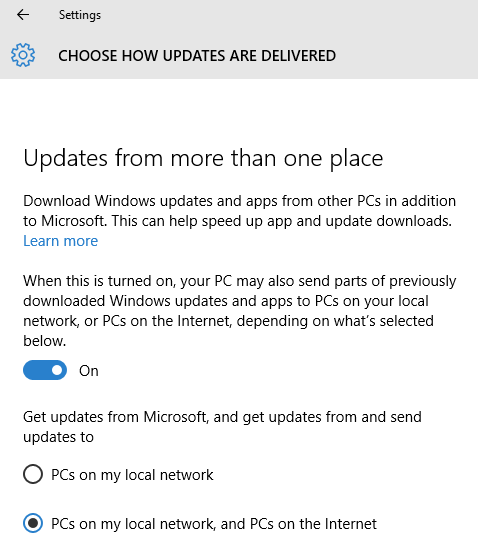n. Data storage, applications, processing, and other computing services delivered from nearby devices rather than from the cloud.
2016
Here are some important criteria:
* A flexible deployment model that allows for running the software on a shared or private cloud, in your own data center, or in a "fog computing" infrastructure on the edge of the network.
* A flexible deployment model that allows for running the software on a shared or private cloud, in your own data center, or in a "fog computing" infrastructure on the edge of the network.
2015
"Fog computing" describes a way of loading processing power onto devices, from smartphones to simple sensors, at the furthest edges of networks.
2014
The key for Amazon is to generate revenue. So it’s continuously seeking to innovate through initiatives like Amazon Prime, third-party reseller partnerships, Amazon Fresh and cloud-based services. We’ll likely soon see it enter the nascent area of fog computing.
2008 (earliest)
Given your definition, Amrit, we should probably refer to it as "fog computing."
The "cloud" in cloud computing implies that the data and services are, in a sense, "far away" from the person or device requesting them. However, since a fog is really just a cloud that's near to the ground, the "fog" in fog computing implies that the data and services are "close to" the requesting user or device.
For example, Windows 10 has a setting that enables you to download updates not from Microsoft's central cloud server, but from nearby PCs, either on your local network or on the Internet:
 Fog computing in Windows 10: You can download (and upload)
Fog computing in Windows 10: You can download (and upload)
updates from (and to) nearby PCs.
Since in a typical cloud computing diagram the cloud sits at the center and the devices that access it reside at the endpoints — or the edge, as network engineers would say — fog computing is also known as edge computing.
For example, Windows 10 has a setting that enables you to download updates not from Microsoft's central cloud server, but from nearby PCs, either on your local network or on the Internet:
 Fog computing in Windows 10: You can download (and upload)
Fog computing in Windows 10: You can download (and upload) updates from (and to) nearby PCs.
Since in a typical cloud computing diagram the cloud sits at the center and the devices that access it reside at the endpoints — or the edge, as network engineers would say — fog computing is also known as edge computing.
